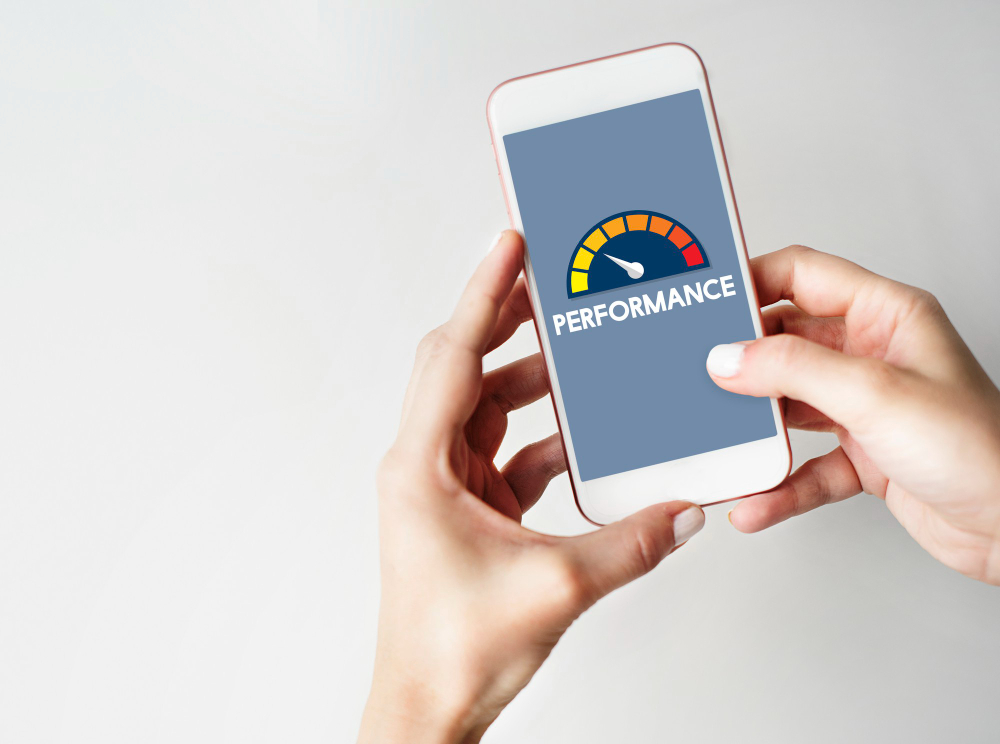Is paying with just your voice futuristic? Not anymore!
Have you ever thought about paying your bills using only your voice? No need to pull out your card or type in passwords on your phone.

Welcome to the future of payments, where a simple voice command can buy a coffee, pay the rent, or renew your favorite streaming subscription.
The hands-free revolution
Using assistants like Alexa, Siri, or Google Assistant, lots of people are already making transactions without touching a thing.
It’s what we now call “hands-free finance”—money management through conversation alone.
And the numbers are promising. According to research by Juniper Research, over 45 million Americans are already using voice commands to make payments.
How does it work in practice?
Picture this: you’re driving and suddenly remember you forgot to pay your credit card bill.
Instead of pulling over to open your banking app, you just say, “Hey Siri, pay my credit card bill with Bank of America.”
Or you’re cooking and realize you’re out of olive oil. Without washing your hands, you say, “Alexa, add olive oil to my cart and check out.”
And the delivery is on its way.
These commands are becoming more and more integrated with banking apps, digital wallets like Apple Pay and Google Wallet, as well as e-commerce and delivery platforms.
Security is still the main concern
The systems are becoming more advanced, and most major voice assistants now offer individual voice recognition—so they can tell if it’s really you speaking.
Also, many transactions require an extra confirmation, like a code sent to your phone or a tap on your smartwatch.
Companies like Apple, Amazon, and Google are investing heavily in encryption and two-factor authentication.
Still, experts warn users need to do their part by activating security settings and avoiding voice commands in public spaces.
Who’s using it?
Think it’s just a tech geek thing? Think again. Voice payments are becoming popular across different groups, especially Millennials and Gen Z, multitasking professionals, and people with disabilities.
Where can you use it?
Today, voice payments are being used for:
- Paying credit card bills and utilities
- Transferring money between accounts
- Shopping on e-commerce sites
- Ordering food delivery
- Scheduling and paying for services like Uber or Lyft
- Renewing subscriptions for apps and streaming platforms
In the near future, voice payments will likely be available for more complex transactions like investments and insurance as well.
What are banks saying?
Major U.S. banks are already jumping on the voice train. Bank of America has integrated Erica, a voice-enabled assistant that can check balances, pay bills, and even offer financial tips.
Wells Fargo and Capital One are testing more advanced voice features involving spending categories, budget forecasting, and savings goals.
On top of that, digital wallets like Apple Pay, Venmo, and Google Wallet are being integrated with voice assistants to allow for quick and easy commands.
Convenience or laziness?
Some people still raise an eyebrow, thinking voice payments are a bit much. But in the U.S., where life moves fast, convenience makes a real difference.
In a country where time is money, saving even a few clicks or minutes can mean a lot.
Plus, voice technology is becoming more natural. With smart speakers at home, voice assistants in cars, and phones in every pocket, talking to machines is no longer science fiction.
Eyes on the future
The future looks bright. Companies like Visa and Mastercard are already working with developers to expand voice payments to wearables, smart cars, and even home appliances.
On top of that, the AI embedded in these assistants will soon offer personalized recommendations, spending alerts, and even investment suggestions tailored to your profile.
But hold up…
Despite all the benefits, it’s still important to use voice payments with caution.
It’s easy to lose control when all it takes is a quick command to complete a purchase.
That’s why it’s crucial to set spending limits, activate notifications, and regularly review authorized commands.
Also, keep in mind that not every place accepts this form of payment yet.
There’s still an adoption curve, and many people still prefer the good old-fashioned card in hand.



